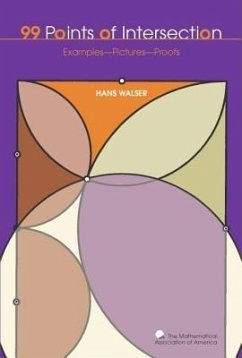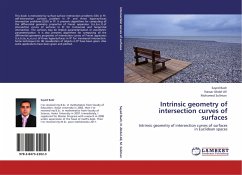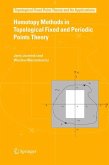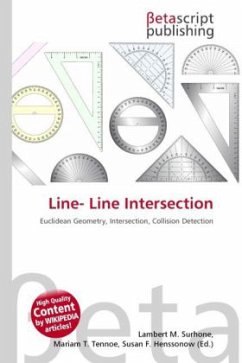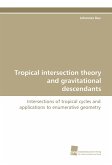A collection of surprising concurrences of lines with some typical methods for proving their existence.
The 99 points of intersection presented here were collected during a year-long search for surprising concurrence of lines. For each example we find compelling evidence for the sometimes startling fact that in a geometric figure three straight lines, or sometimes circles, pass through one and the same point. Of course, we are familiar with some examples of this from basic elementary geometry - the intersection of medians, altitudes, angle bisectors, and perpendicular bisectors of sides of a triangle. Here there are many more examples - some for figures other than triangles, some where even more than three straight lines pass through a common point. The main part of the book presents 99 points of intersection purely visually, developed in a sequence of figures. In addition the book contains general thoughts on and examples of the points of intersection, as well as some typical methods of proving their existence.
Table of contents:
Part I. What's It All About?: 1. If three lines meet; 2. Flowers for Fourier; 3. Chebyshev and the Spirits; 4. Sheaves generate curves; Part II. The 99 points of intersection: Part III. The Background: 1. The four classical points of intersection; 2. Proof strategies; 3. Central projection; 4. Ceva's Theorem; 5. Jacobi's Theorem; 6. Remarks on selected points of intersection; References.
The 99 points of intersection presented here were collected during a year-long search for surprising concurrence of lines. For each example we find compelling evidence for the sometimes startling fact that in a geometric figure three straight lines, or sometimes circles, pass through one and the same point. Of course, we are familiar with some examples of this from basic elementary geometry - the intersection of medians, altitudes, angle bisectors, and perpendicular bisectors of sides of a triangle. Here there are many more examples - some for figures other than triangles, some where even more than three straight lines pass through a common point. The main part of the book presents 99 points of intersection purely visually, developed in a sequence of figures. In addition the book contains general thoughts on and examples of the points of intersection, as well as some typical methods of proving their existence.
Table of contents:
Part I. What's It All About?: 1. If three lines meet; 2. Flowers for Fourier; 3. Chebyshev and the Spirits; 4. Sheaves generate curves; Part II. The 99 points of intersection: Part III. The Background: 1. The four classical points of intersection; 2. Proof strategies; 3. Central projection; 4. Ceva's Theorem; 5. Jacobi's Theorem; 6. Remarks on selected points of intersection; References.

